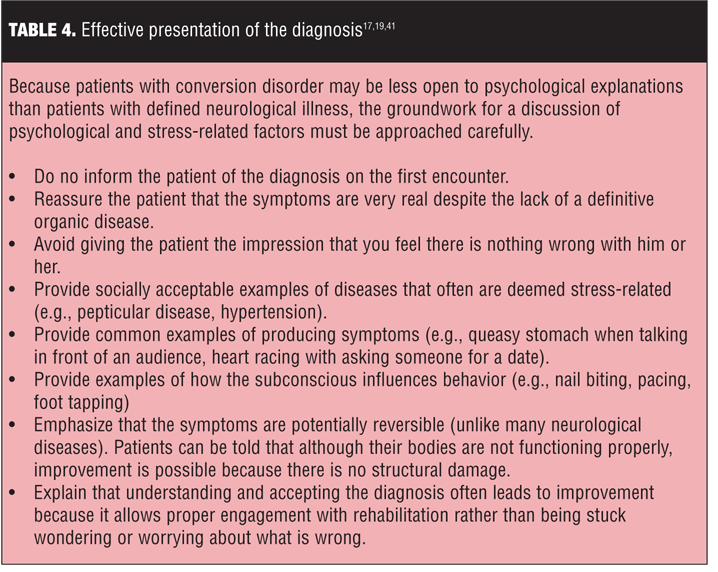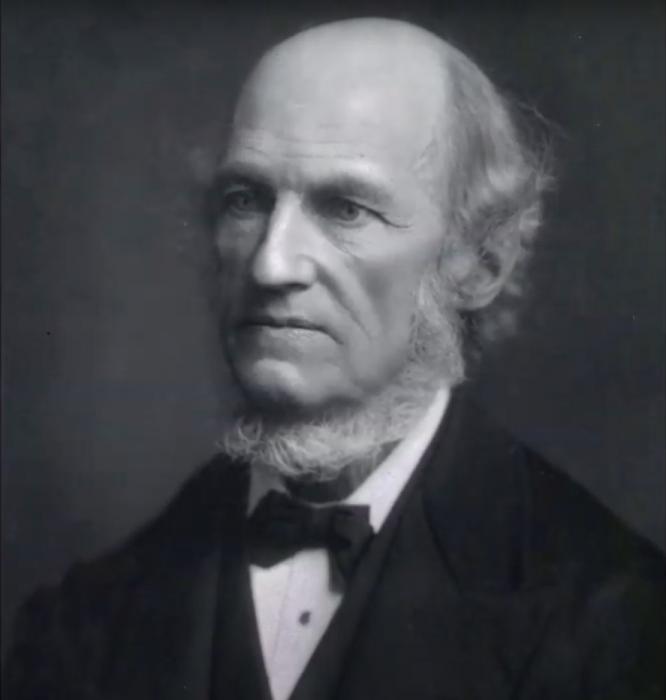
Sir James Braid (17th century Scottish surgeon, natural philosopher) He was a great naturalist and gentleman scientist. His many books, scientific observations and other writings are now considered classics. His many discoveries are essential to the development of medicine and physiology. His works are essential reading for anyone with an interest in the human physique. Here are some examples of his most significant contributions in medicine and science. To understand his work, read the following:
The author of this article is an amateur physician who was a pioneering figure in the field. The author of the article was Sam Tremlett, who had been a medical student when he studied at the University of Edinburgh. Braid's articles have been published in the journal, as well as many other contributions to medicine. These articles are perfect for aspiring doctors!

Braid’s work was lost for many decades after his death. But letters published in The Medical Circular, and elsewhere, survived. In 1842, Braid reviewed mesmerism as well as the Satanic agency. He also addressed a sermon in St Jude's Church in Liverpool. Waite's publication incorrectly identified Garth Williamson, the author of his "Letters To the Editor", which was published on 28 and 26 February 1860. Braid referred to this state in a hysterical note as "monoideism".
Braid published his first book about hypnosis in 1852. It described methods for curing various diseases, like animal magnetism. He published his book "The Art of Hypnosis" in 1853. The first known book on the topic is "The Art of Hypnosis", which was written in James Braid's own handwriting. Hypnosis is still an emerging field. However, there are many interesting ways to explore it.
Braid believed that only medical professionals should use hypnotism. Despite his convictions, he wasn't the first to practice and teach hypnosis. His theories about the power of suggestion led many advances in the field. Hypnosis has a long history and Braidism a technique to relax the eyes and fix them is one of its most popular.

Braid was not only a researcher, but also published numerous works on the topic. The two most important of these was the work of James Braid, a surgeon in Manchester. He became a well-known hypnotist in 1865 and wrote several books about the subject. Although his work was not very well-known back then, he is widely credited for helping people find their path through life.
James Braid is a famed Scottish mesmerist. He was born in Kinross and studied medicine at Edinburgh University. After meeting a Manchester mesmerist, Lafontaine became interested mesmerism for the first time. Lafontaine was a theatrical actor and used mesmerization as a means to make his subjects forget about pain. This is still one his most loved works.
FAQ
How often do I need to exercise?
Fitness is key to a healthy lifestyle. However, there isn't a set amount of time you must spend working out. Finding something that you love and sticking with it is the key.
If you work out three times a week, then aim to complete 20-30 minutes of moderate intensity physical activity. Moderate intensity means that your muscles will continue to work hard even after you finish. This type of exercise burns approximately 300 calories.
Walking is a great option if you are a keen walker. You can do 10-minute walks four days per week. Walking is low-impact and easy on the joints.
Jogging for 15 minutes three days a week is a good option if you prefer to run. Running is an excellent way to lose weight and tone your muscles.
If you're not used to exercising, start slowly. Begin by only doing 5 minutes of cardio five times per week. Gradually increase the duration until you reach your goal.
How can I control my blood pressure?
You must first determine the cause of high blood pressure. Next, you must determine the cause and take steps to decrease it. This could include eating less salt, losing weight if necessary, taking medication, etc.
Exercise is also important. If you don’t have enough time to exercise regularly, consider walking more often.
If you're not happy with how much exercise you're doing, then you should consider joining a gym. You will likely want to join an exercise group that shares your goals. You will find it easier to keep to a workout schedule if you have someone to watch you at the gym.
What are the 10 best foods to eat?
These are 10 of the best foods to eat.
-
Avocados
-
Berries
-
Broccoli
-
Cauliflower
-
Eggs
-
Fish
-
Grains
-
Nuts
-
Oats
-
Salmon
What should I eat?
Take in lots of fruits and veggies. They are rich in vitamins that can strengthen your immune system. Fruits and veggies are also high in fiber, which makes them filling and helps with digestion. Include at least five portions of fruit and vegetables per day.
You should also drink lots of water. Water flushes toxins out of the body and helps to feel full between meals. Drink about eight glasses each day.
Refined grains should be replaced with whole grains. Whole grains have all the nutrients they need, including B vitamins. Refined grains have been stripped of some of their nutrition.
Avoid sugary drinks. Sugary drinks have empty calories and are a major contributor to obesity. Instead, you can opt for water or milk, as well as unsweetened herbal teas.
Avoid fast food. Fast food has very low nutritional value. You won't get the energy you need to function well, despite how delicious it may be. Instead, stick to healthier options such salads and soups as well sandwiches and pasta.
Limit your alcohol consumption. Alcohol can lead to poor nutrition and empty calories. Limit your intake of alcohol to two drinks per week.
Red meat should be cut down. Red meats can be high in cholesterol and saturated fat. Instead, choose lean cuts of beef and pork, lamb, chicken or fish.
Statistics
- According to the Physical Activity Guidelines for Americans, we should strive for at least 150 minutes of moderate intensity activity each week (54Trusted Source Smoking, harmful use of drugs, and alcohol abuse can all seriously negatively affect your health. (healthline.com)
- WHO recommends reducing saturated fats to less than 10% of total energy intake; reducing trans-fats to less than 1% of total energy intake; and replacing both saturated fats and trans-fats to unsaturated fats. (who.int)
- In both adults and children, the intake of free sugars should be reduced to less than 10% of total energy intake. (who.int)
- nutrients.[17]X Research sourceWhole grains to try include: 100% whole wheat pasta and bread, brown rice, whole grain oats, farro, millet, quinoa, and barley. (wikihow.com)
External Links
How To
What does the meaning of "vitamin?"
Vitamins are organic compounds that can be found in foods. Vitamins help us absorb nutrients from foods we eat. Vitamins cannot be made by the body; they must be taken from food.
There are two types if vitamins: water soluble, and fat soluble. Water-soluble vitamins dissolve readily in water. Examples include vitamin C,B1 (thiamine), B2 (riboflavin), B3 (niacin), B6 (pyridoxine), folic acid, biotin, pantothenic acid, and choline. The liver and fat soluble vitamins are stored within the liver and in fatty tissue. You can find vitamin D, E K, A, beta carotene, and other fat-soluble vitamins.
Vitamins can be classified by their biological activity. There are eight major vitamin groups:
-
A - Vital for normal growth and maintaining good health.
-
C - essential for nerve function and energy generation.
-
D – Essential for healthy teeth, bones and joints
-
E is required for good vision and reproduction.
-
K – Required for healthy nerves & muscles.
-
P - Vital for strong bones and teeth.
-
Q - Aids in digestion and absorption.
-
R - necessary for making red blood cells.
The recommended daily allowance for vitamins (RDA) varies based on gender, age, and physical conditions. The U.S. Food and Drug Administration sets RDA values.
For adults aged 19 and older, the RDA for vitamin B is 400 micrograms daily. However, pregnant women need 600 micrograms per day because it is important for fetal development. Children ages 1-8 require 900 micrograms per day. For infants younger than one year, 700 micrograms are required daily. However, this number drops to 500 micrograms each day for children aged 9-12 months.
Children between the ages of 1-18 need 800 micrograms per daily for obesity, while children overweight require 1000 micrograms. Children underweight or obese will need 1200 mg per day.
2200 mg of vitamin A per day is required for children aged 4-8 who have been diagnosed by anemia.
2000 micrograms per person is necessary for general health. Because of their higher nutrient needs, women who are pregnant or nursing need 3000 mg per day.
1500 micrograms are required daily by adults over 70 because they lose approximately 10% of their muscle each decade.
Women who are pregnant and lactating need more nutrients than the RDA. Pregnant woman need 4000 micrograms daily in pregnancy, and 2500 per day after childbirth. Breastfeeding mothers need 5000 micrograms per day when breast milk is being produced.